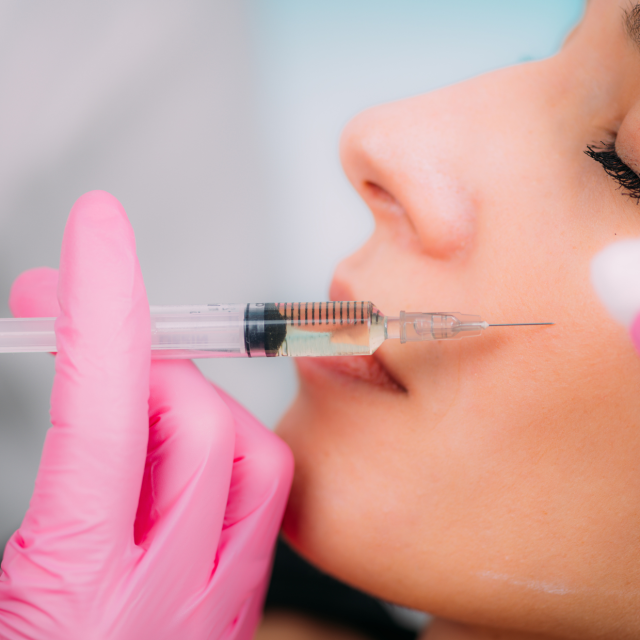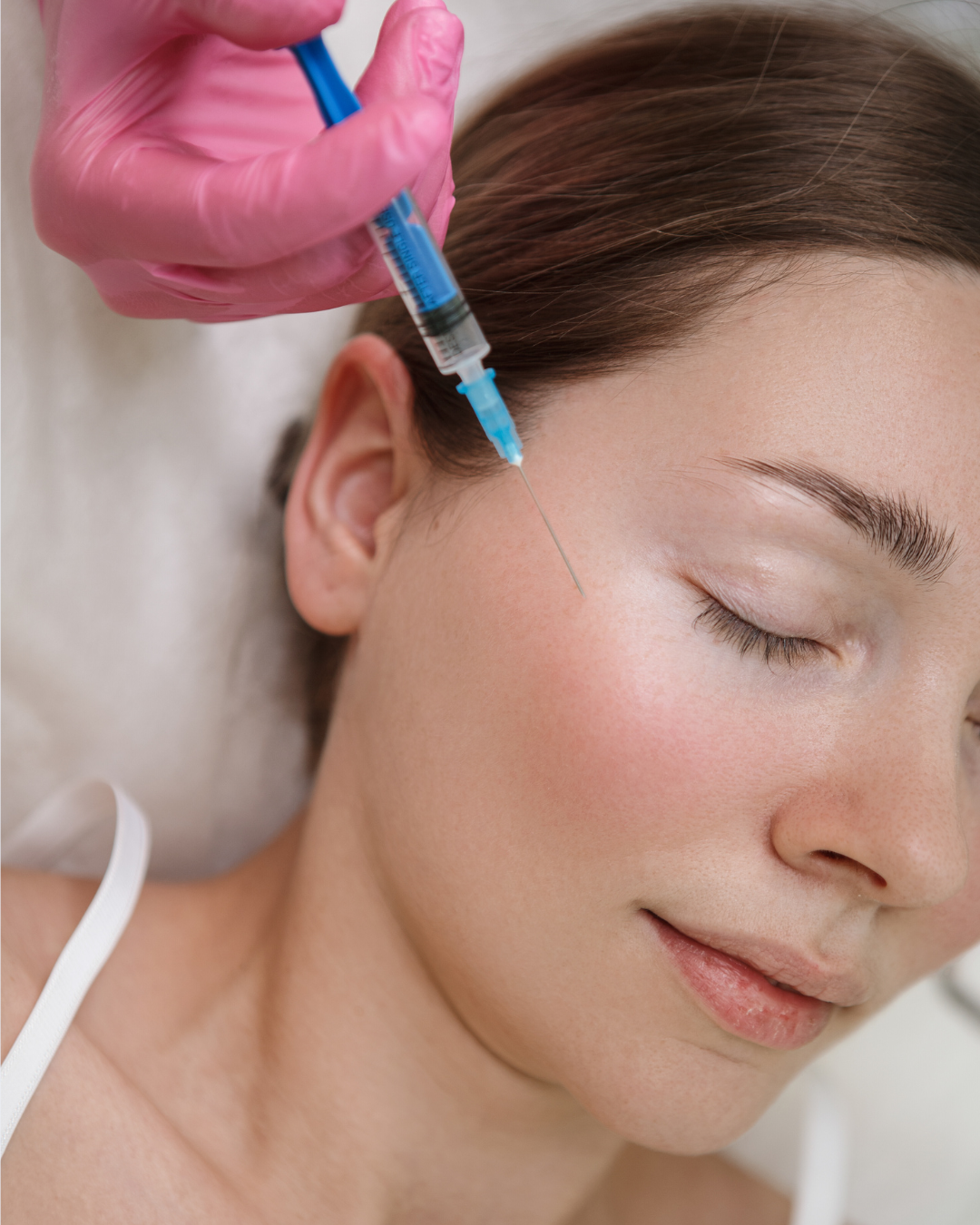
Cheek volume and symmetry play a crucial role in defining a balanced, youthful, and attractive face. Loss of cheek volume or asymmetry in the cheeks can make the face appear sunken, aged, or imbalanced.

Cheek volume refers to the fullness in the mid-face area, which contributes to a lifted, youthful look. As we age, we naturally lose fat, collagen, and bone density in the cheeks, leading to a flattened or hollowed appearance.
Cheek asymmetry occurs when one side of the face has less volume than the other, making the face look uneven. While most faces have slight natural asymmetry, significant imbalances can detract from facial harmony and symmetry.
There are several factors that contribute to loss of cheek volume and cheek asymmetry:
Cheek volume loss and asymmetry can affect anyone, but certain factors may increase susceptibility:
Dermal fillers are one of the most popular and effective treatments for restoring lost cheek volume and correcting asymmetry. By injecting hyaluronic acid-based fillers into the cheeks, we can restore fullness and lift, resulting in a more youthful, contoured appearance. Dermal fillers can also be precisely placed to correct asymmetry, ensuring that both sides of the face are balanced.
Sylfirm X combines micro-needling and radio-frequency energy to stimulate collagen production in the deeper layers of the skin. This treatment tightens and lifts the skin while improving overall texture, helping to restore cheek volume and enhance facial symmetry. Sylfirm X is ideal for individuals looking for a non-invasive approach to rejuvenate their cheeks and mid-face area.
At SRGN Clinic, we offer a holistic approach to facial aesthetics with our Full Face Design treatment. This approach considers the balance of the entire face, and for those with cheek volume loss or asymmetry, we may combine treatments such as dermal fillers, Anti-Wrinkle Injections, Dracula Facial, and Morpheus8. Our goal is to restore symmetry and create a harmonious, natural result that enhances your overall facial appearance.
Ultherapy uses focused ultrasound technology to stimulate collagen production and tighten the skin. This non-invasive treatment lifts sagging cheeks and improves the overall structure of the mid-face, making it an excellent option for patients looking to improve cheek volume without injections. Ultherapy provides gradual but noticeable results, with improvements over time.